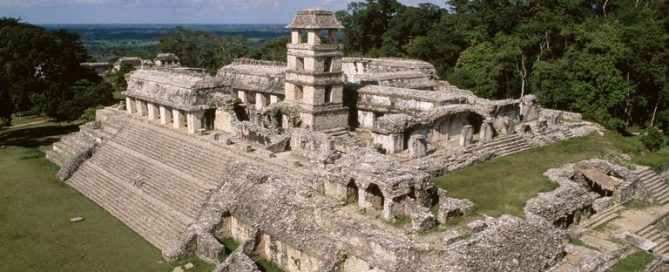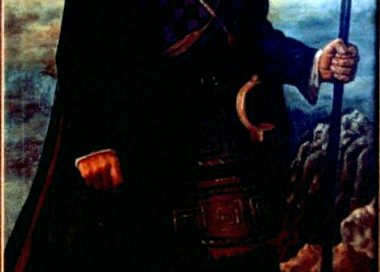Central America was the hinge that joined North America to South America. The people who lived there traded in both directions, north and south. They bought turquoise from the Native Americans to their north, and sold them quetzal feathers and cacao beans (chocolate). They bought copper and gold from the Venezuelans to their south, and sold them salt and fancy cotton clothing.
In Central America itself, people ate food that would seem pretty familiar to Americans today. They ate corn tortillas and tacos and tamales, turkey, tomato salsa, avocados and guacamole, spicy chili peppers, and chocolate. Like us, they ate zucchini and yellow squash, hard winter squashes, and sweet potatoes.
Their clothing was woven out of the same kind of cotton that your clothes are probably made of right now. Like you, they wore skirts and shirts, but early Central Americans didn’t wear pants. They wore sandals on their feet, because it’s usually pretty hot there.
Central Americans worshipped many different gods: a corn god, a rain god, and many others. They built big stone temples to their gods, and wrote prayers to them. They sacrificed animals and sometimes people to their gods.
The earliest big government we know of in Central America was the Olmec. After them came the Maya and the Zapotec, and then the Aztec. In the 1500s, a huge number of these people died when Spanish travelers brought them smallpox, measles, and dysentery. So many people died that the Spanish were able to take control of Central America and enslave many of the people who lived there. A lot of people learned to speak Spanish. They had to work in silver mines and in the fields, farming.
Today, Central America is suffering the effects of global warming. There isn’t enough water for everyone, and the coffee plants they grow are dying in the heat. Many Central American people are fleeing north, where it’s cooler, but the United States won’t let them in.









